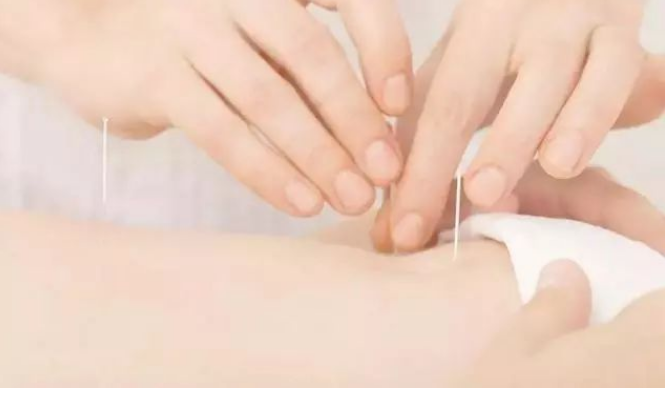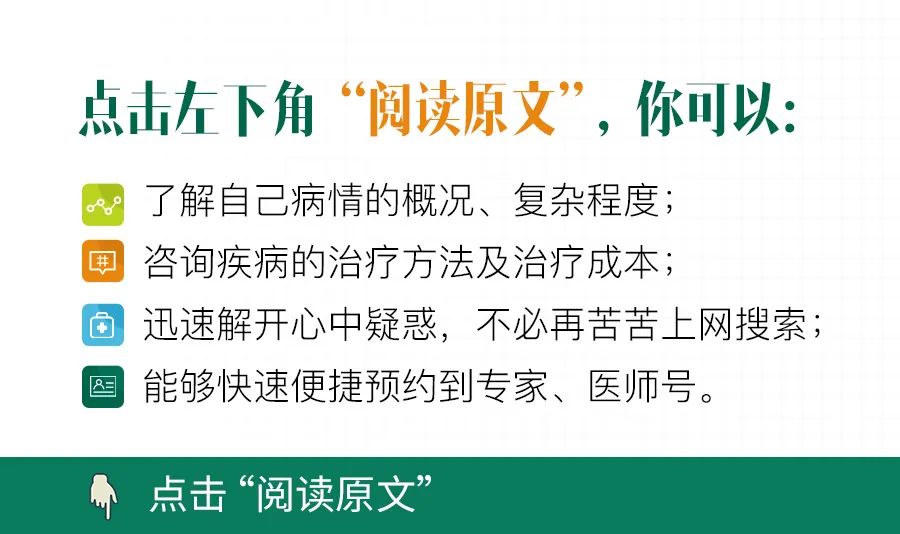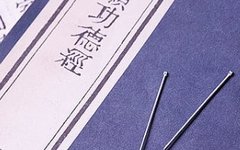Our ancestors made a great discovery when they accidentally struck their bodies with stones—Traditional Chinese Medicine acupuncture.

In ancient times, when people accidentally struck their bodies with sharp objects like stones or thorns, they experienced unexpected relief from pain. Thus, the ancients began to consciously use sharp stones to stimulate certain parts of the body or intentionally puncture the skin to relieve pain. Over time, this evolved into what we now know as “Traditional Chinese Medicine acupuncture.”
Traditional Chinese Medicine acupuncture refers to both needling and moxibustion techniques. Needling involves inserting fine needles into specific acupuncture points on the patient’s body, utilizing techniques such as rotation and lifting to treat diseases. Moxibustion involves burning moxa (mugwort) on specific acupuncture points to apply heat as a therapeutic stimulus.
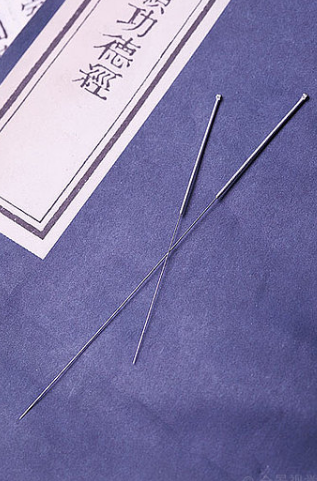
 What are the benefits of Traditional Chinese Medicine acupuncture?
What are the benefits of Traditional Chinese Medicine acupuncture?
1. Unblocking Meridians
It can clear blocked meridians, allowing them to function normally, which is the most fundamental and direct therapeutic effect of acupuncture.
The meridians “internally connect to the organs and externally connect to the limbs,” with the circulation of Qi and blood being one of their primary physiological functions.
When meridians are blocked, the flow of Qi and blood is obstructed, clinically manifesting as pain, numbness, swelling, and bruising. In such cases, appropriate acupoints and needling techniques, such as using a three-edged needle to induce bleeding, can be selected to unblock the meridians and restore normal Qi and blood flow.
2. Harmonizing Yin and Yang
This improves the body’s state from an imbalance of Yin and Yang to a balanced state, which is the ultimate goal of acupuncture treatment.
The mechanisms behind disease occurrence are complex, but can generally be summarized as an imbalance of Yin and Yang.
Acupuncture harmonizes Yin and Yang by improving the Yin-Yang properties of the meridians, selecting compatible acupoints, and employing specific needling techniques.
3. Supporting the Right Qi and Expelling Pathogenic Factors
It can support the body’s righteous Qi and expel pathogenic factors. The process of disease occurrence, development, and resolution is essentially a struggle between the righteous and the evil. The therapeutic effect of acupuncture lies in its ability to support the righteous Qi and expel the evil.
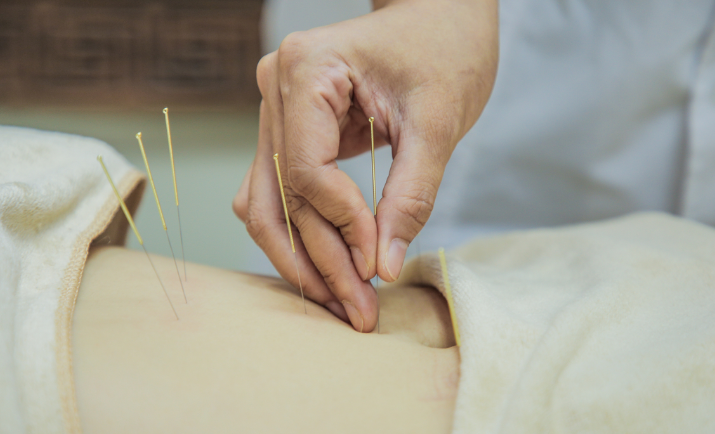
Hundreds of acupoints can be used for treatment through needling.
Modern clinical observations and experimental studies have fully demonstrated that acupuncture has a significant regulatory effect on the functional activities of various organs and tissues, especially under pathological conditions, where this regulatory effect is even more pronounced.
1. For treating shoulder periarthritis, we can select acupoints such as Dazhui (GV14), Jianjing (GB21), Jianzheng (SI9), and Tianzong (SI11) for acupuncture on the shoulder meridian.
Additionally, we can combine this with warm acupuncture, which involves applying moxibustion at the acupuncture site to achieve better treatment effects for shoulder periarthritis.
2. For treating facial paralysis, we can choose local acupoints such as Taiyang (EX-HN5), Jingming (BL1), Cuanzhu (BL2), Qianzhen (SI17), and Quanliao (SI18) for acupuncture.
Moreover, the intensity of stimulation is crucial; during the acute phase of facial paralysis, the facial nerve may be swollen, so gentle stimulation techniques should be used to avoid exacerbating the symptoms.
3. For treating trigeminal neuralgia, if it involves the first branch of the nerve, commonly selected acupoints include Taiyang (EX-HN5), Yangbai (GB14), and Yuyao (EX-HN4). For the second branch, acupoints such as Xiaguan (ST7), Quanliao (SI18), Sibai (ST2), and Yingxiang (LI20) can be used. For the third branch, Jiachen (ST6) is often selected. Additionally, distal points such as Hegu (LI4), Waiguan (SJ5), and Sanyinjiao (SP6) can be chosen to disperse the Yangming and Shaoyang Qi.
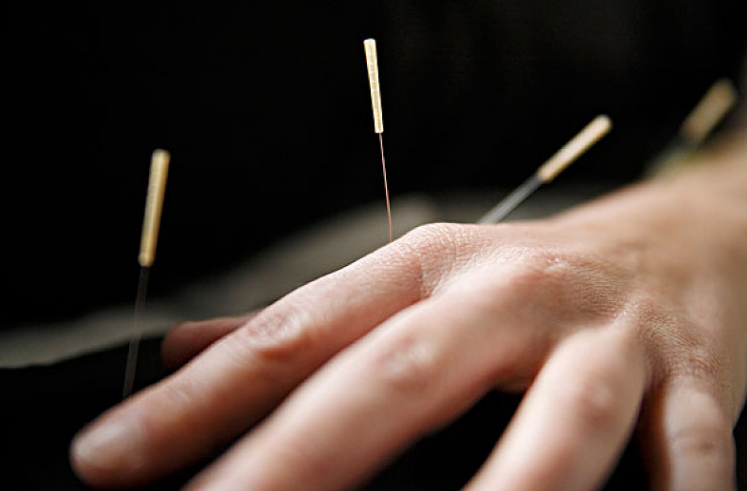
Acupuncture’s ability to tonify deficiency and drain excess can enhance the body’s immune function, resisting various pathogenic factors.
Firstly, the needling and moxibustion method is often used for tonifying deficiency, while bloodletting is more commonly used for draining excess;
Secondly, needling techniques have been summarized by ancient and modern practitioners into various tonifying and draining methods;
Thirdly, acupoint combinations based on extensive clinical experience show that many acupoints have different tonifying and draining effects. For example, acupoints like Gao Huang (BL43), Qihai (CV6), Guanyuan (CV4), Zusanli (ST36), and Mingmen (GV4) are often used for tonification, while Shixuan (EX-UE1), Zhongji (CV3), and Shuigou (CV9) are used for draining.
For example:
To treat toothache caused by excessive stomach fire, which is characterized by Yang heat predominance, the treatment should focus on clearing and draining stomach fire, using the acupoint Yinxi (ST44) with a draining technique to clear stomach heat.
For stomach pain caused by cold evil, which is characterized by Yin evil predominance, the treatment should focus on warming the middle and dispersing cold, using the acupoints Zusanli (ST36) and Zhongwan (CV12) with a draining technique and moxibustion to warm and disperse cold evil.
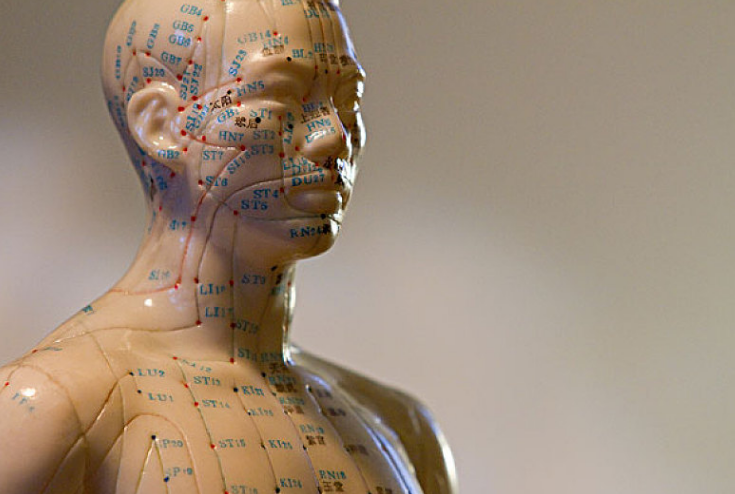
Under normal circumstances, the Yin and Yang aspects of the human body are in a relatively balanced state. If cold evil enters the body, the balance of Yin and Yang is disrupted, leading to blockages in the meridians. The therapeutic effect of acupuncture lies in mobilizing the body’s energy to enhance the functions of the organs or stimulating areas of stagnation to forcibly mobilize internal energy, thereby unblocking the stagnated areas and improving the disease.
The therapeutic effects of harmonizing Yin and Yang, unblocking meridians, and supporting the righteous Qi and expelling evil are primarily achieved through the combination of meridians, acupoint selection, and needling techniques.
Generally speaking, acupuncture has a suppressive effect on overactive, excited, and spastic tissues and organs, while it has a stimulating effect on weak, inhibited, and relaxed tissues and organs. This regulation is beneficial and bidirectional, which is why acupuncture can treat a variety of diseases.
The Traditional Chinese Medicine Department of Beijing Junyi Hospital utilizes acupuncture therapy as a foundation, combined with other therapeutic methods, to stimulate specific acupoints in the body, achieving the effects of unblocking meridians, harmonizing organs, and tonifying Qi and blood, ultimately balancing Yin and Yang and treating diseases.
